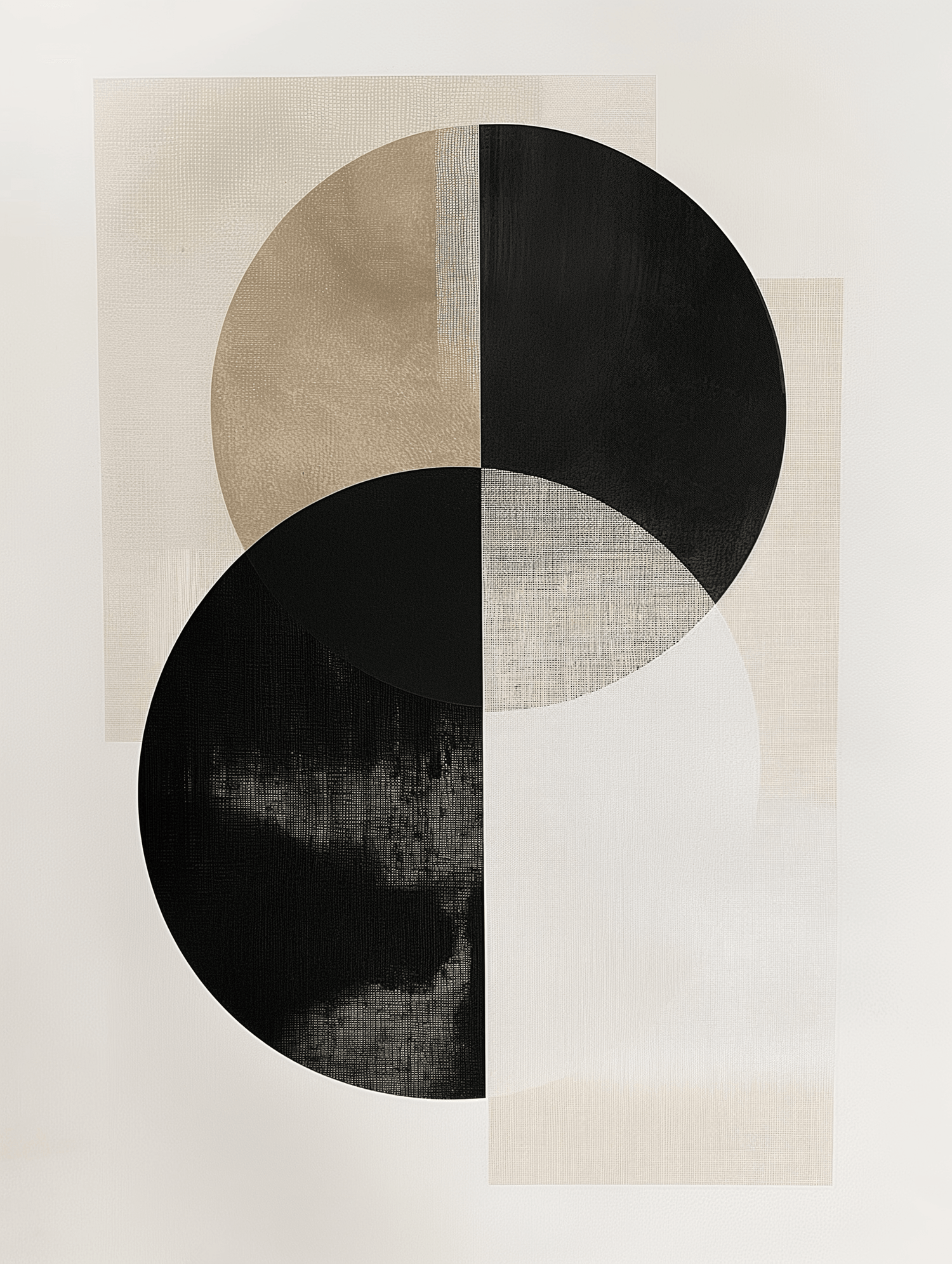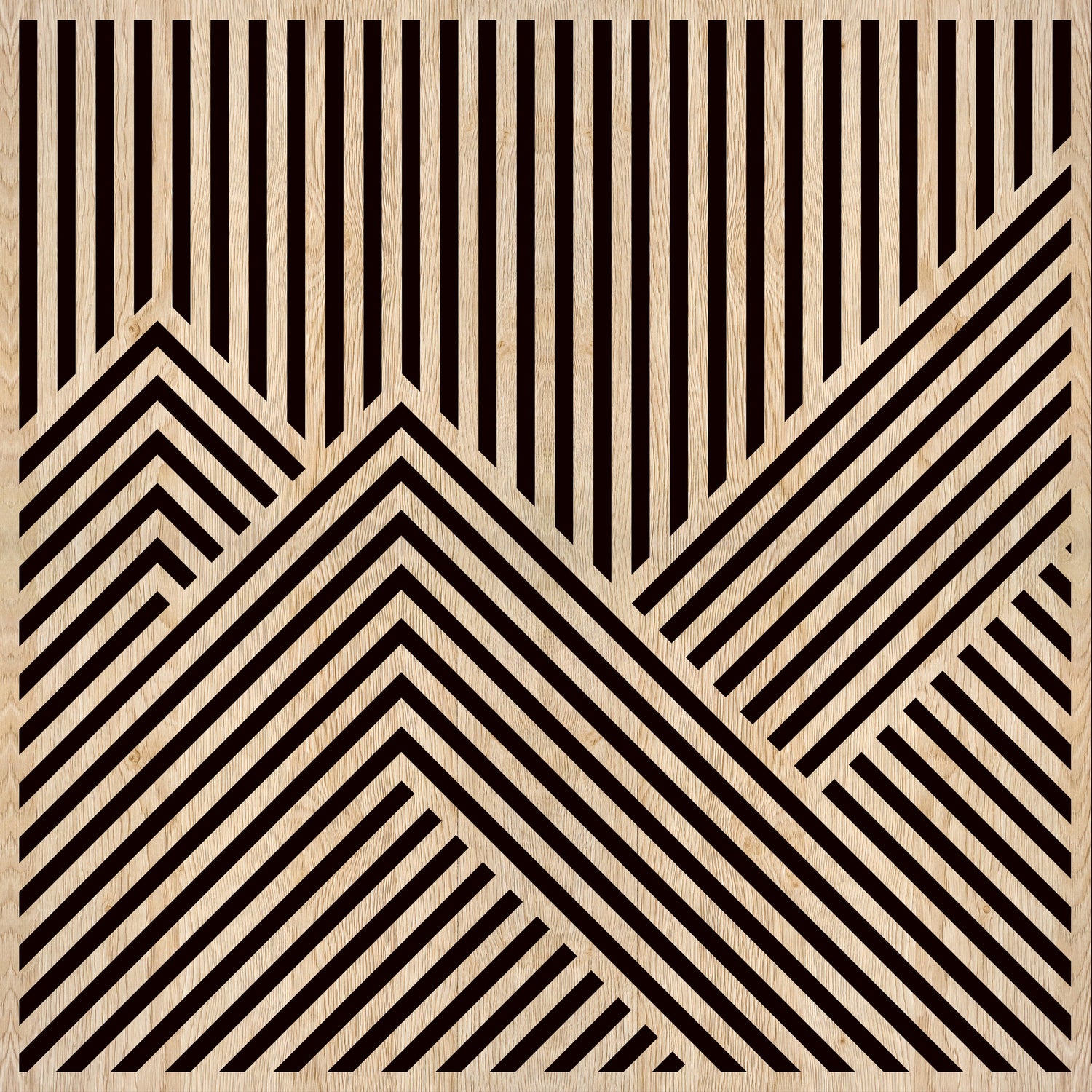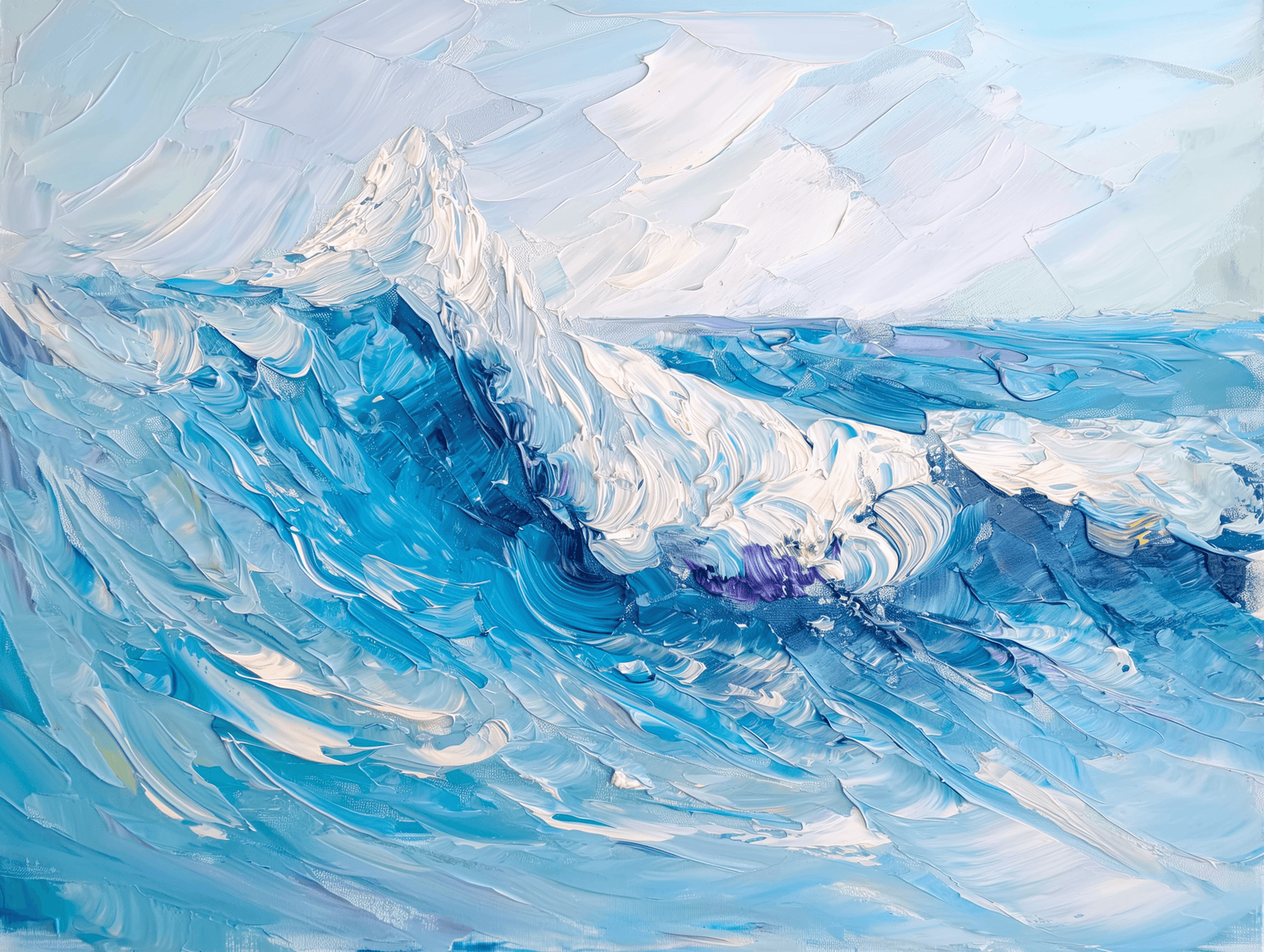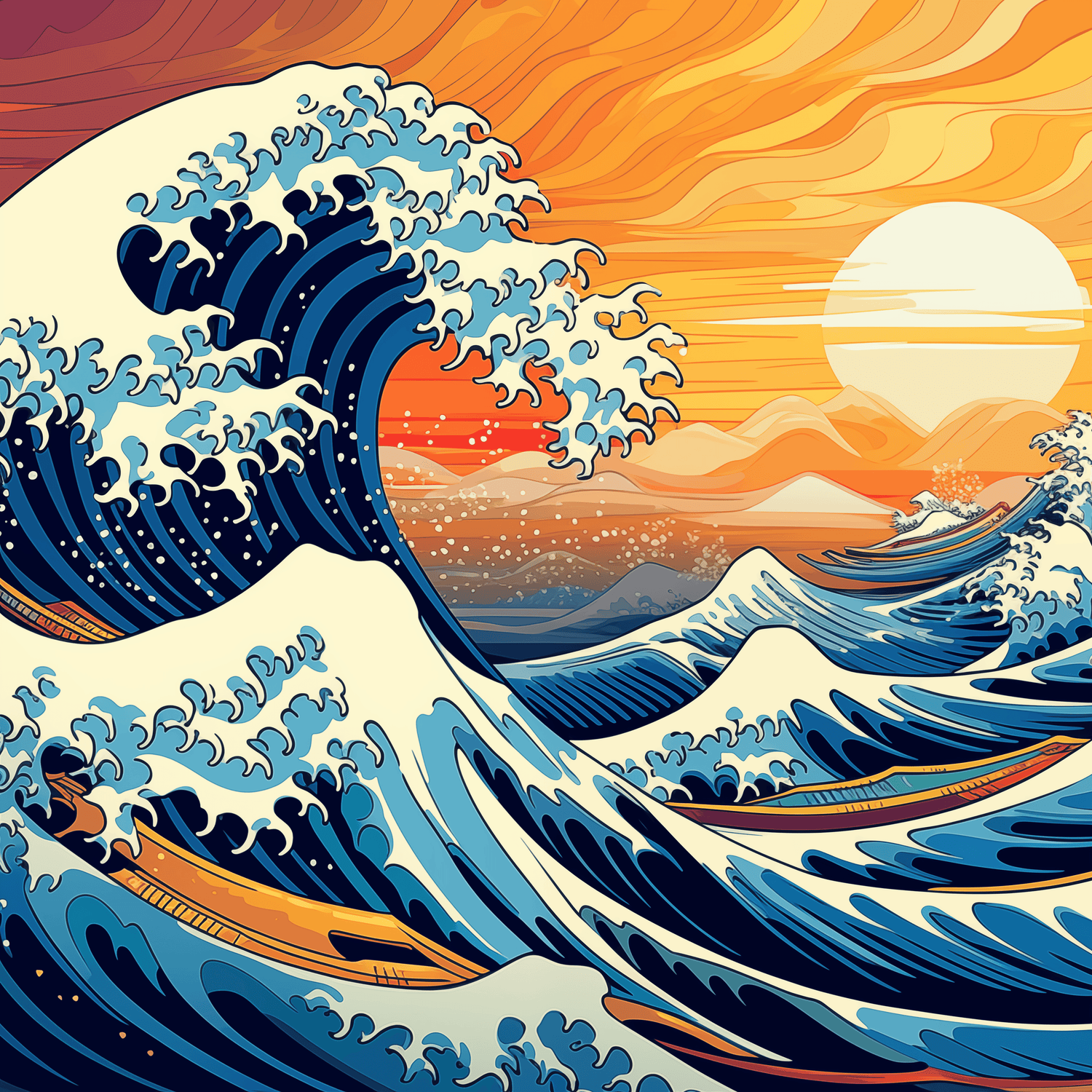Abstract Art: A Revolution Without Representation
Abstract art marked a turning point in the history of painting, breaking with figurative tradition to explore shapes, colors and lines in a completely new way. Leading this revolution were two exceptional artists: Wassily Kandinsky and Piet Mondrian, the true founding fathers of abstractionism. This article will explore their artistic vision, their impact on painting and the way in which color took on a central role in their expressive language.
Wassily Kandinsky: The Emotion of Color
Wassily Kandinsky is considered the first artist to create a purely abstract painting. In his book Concerning the Spiritual in Art (1911), he argued that colors and shapes have their own expressive power, independent of the real world. For Kandinsky, art should evoke emotions, just like music. His paintings are distinguished by the bold use of primary colors and the dynamics of geometric shapes and flowing lines, which create a visual symphony.
Among his most iconic works we find Composition VII and Yellow, Red, Blue , which embody his search for a painting capable of transmitting pure sensations through chromatic power alone.
Piet Mondrian: The Geometric Order
If Kandinsky explored the spirituality of color, Piet Mondrian instead sought a universal order in painting. Through his artistic evolution, he moved from figurative to pure abstraction, developing neoplasticism , a style based on straight lines, primary colors and a perfect balance between geometric shapes.
Mondrian believed that art should reflect the harmony and balance present in nature, eliminating any superfluous elements. Works such as Composition with Red, Blue and Yellow have become icons of modernism, influencing not only painting, but also design, architecture and fashion.
The Role of Color in Abstract Art
Color was the true protagonist of abstract art. For Kandinsky, each color had an emotional and spiritual meaning: blue evoked depth and calm, yellow represented energy and extroversion, red symbolized strength and passion.
Mondrian, on the other hand, reduced the palette to primary colors to express an absolute visual purity. His intent was to create a universal art, capable of transmitting balance and order through an essential visual grammar.
Abstractionism and Its Legacy
Abstract art had a huge impact on later movements such as minimalism, op art, and modern design. Today, the legacy of Kandinsky and Mondrian is visible everywhere, from art galleries to contemporary design products.
Abstraction is not just a way of painting, but a visual philosophy that continues to inspire artists and creatives around the world.
The Abstract Revolution in Materico.it Version
Thanks to our innovative relief technique, the abstract works of Kandinsky and Mondrian come to life with a surprising three-dimensional effect. The colors vibrate with greater intensity and the geometries emerge with a unique realism, transforming each reproduction into a new visual experience.
Discover our selection of abstract-inspired art reproductions on Materico.it and bring the color revolution into your home!
What is Materico.it?
Materico.it is an e-commerce specialized in artistic reproductions with a three-dimensional effect. Our works replicate the depth of the original brush strokes, giving the canvases a unique realism. Thanks to innovative technology and Italian artisan quality, we bring timeless masterpieces with an exclusive and modern touch to the homes of art lovers.
Visit our website to discover the complete collection!









